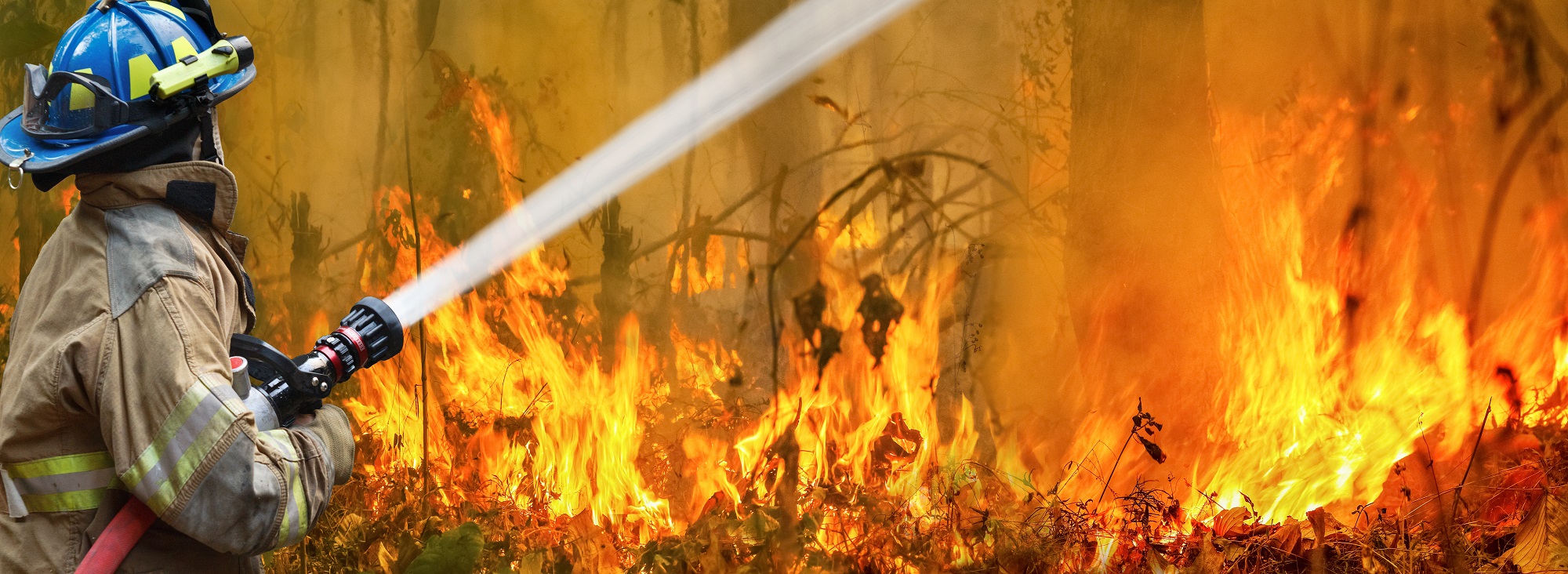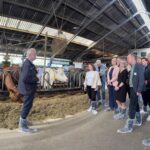The award was bestowed by the International Association of Wildland Fire (IAWF) for her work as a ‘promising young scientist’. Stoof was given the prize, a glass flame, by the Catalonian fire services during a global online conference. She was praised in particular for the broad scope and interdisciplinary approach in her fire research
‘Fantastic, it’s a huge recognition of my work’, says Stoof in a reaction. ‘The interdisciplinary approach that I focus on is much needed to address the enormous challenges of international fire issues. This award is a recognition of that approach, and the IAWF shows that it is valued.’ Stoof was nominated by colleagues in her field.
We aim to increase our understanding of how wildfires originate and how they can become so extreme
Cathelijne Stoof, researcher Soil Geography and Landscape
‘Fire lady’ Stoof is active at an international level with, among other endeavours, the PyroLife project. Under this banner, 15 PhD students from across Europe are trained to become experts in fire research. ‘We aim to increase our understanding of how wildfires originate and how they can become so extreme. Moreover, we want to know how we can design the landscape and prepare its inhabitants to better anticipate such situations.’
New master’s course
The researchers focus on landscape design, nature management, governance and prevention. Experience in water management in the fight against water and drought is a specific source of knowledge. Stoof is also advancing within WUR. In January, the new master’s course in Pyro-geography is to be launched.
‘In this new course, we will study the various aspects of fires. Not just the biophysical workings of fires but also the social aspects. We will visit the Peel, where there was a large fire last year.’ Stoof designed the course in collaboration with social scientist Strategic Communications Jasper de Vries.







